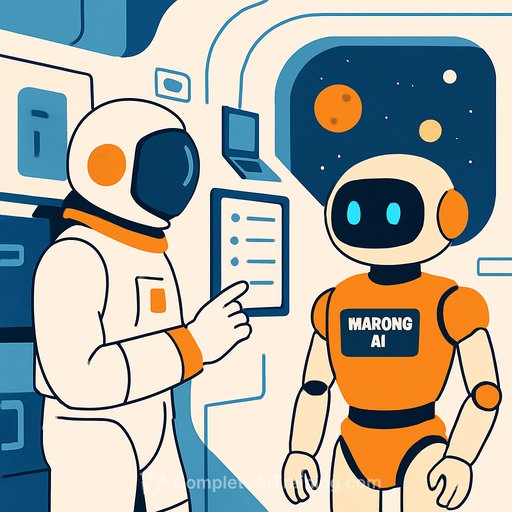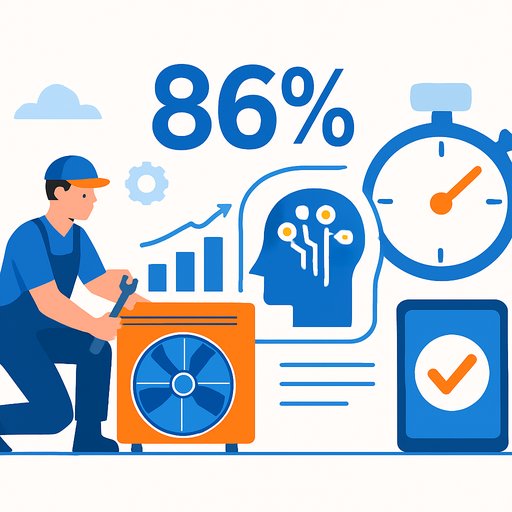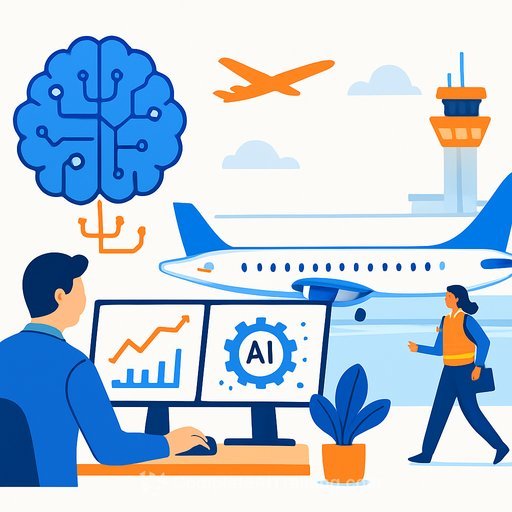China’s Space Station Implements Large AI Model for Astronaut Operations
China has introduced a large AI model, named Wukong AI, aboard its space station to assist astronauts during their missions. This is the first time such a professional AI system has been applied in orbit to support extravehicular activities and provide intelligent guidance for in-orbit tasks.
Wukong AI was launched into space via the Tianzhou-9 cargo spacecraft. Built on domestic open-source models, it combines spaceflight mission requirements with specialized training to create a knowledge base focused on spaceflight standards. This makes it a domain-specific AI system tailored for crewed space operations.
How Wukong AI Supports Astronauts
Zou Pengfei from the China Astronaut Research and Training Center explained that astronauts can interact with Wukong AI by asking about their daily tasks or clarifying operational guidelines. The AI provides direct, relevant information on demand, helping astronauts perform their duties more effectively.
The system operates as part of a ground-orbit question and answer support network, with one AI model on Earth and another in space. Together, they analyze professional knowledge deeply and assist in solving complex problems in real time.
Benefits for In-Orbit Operations
- Rapid access to precise information for complex operations and emergency situations
- Enhanced efficiency in task execution
- Improved psychological support by providing a reliable knowledge resource
- Better coordination between astronauts and ground control teams
Wukong AI processes scenario-based data to deliver fast and accurate responses. Its capabilities can expand to cover mission planning, data analysis, and intelligent forecasting in future applications.
Positive Feedback and Recent Mission Update
After a month of stable operation, astronauts have reported positive experiences with the AI system. This marks a significant advancement in the use of intelligent tools aboard China’s space station.
Recently, the Shenzhou-20 crew—astronauts Chen Dong, Chen Zhongrui, and Wang Jie—completed their third extravehicular activity, lasting about six and a half hours. They were supported by the space station’s robotic arm and ground control, successfully completing all assigned tasks.
For professionals interested in AI applications in operations, learning how AI models like Wukong AI support mission-critical tasks can offer valuable insights. Exploring courses on AI integration and automation can provide practical skills for improving operational efficiency in various fields. Visit Complete AI Training to find courses tailored for operational roles.
Your membership also unlocks:






